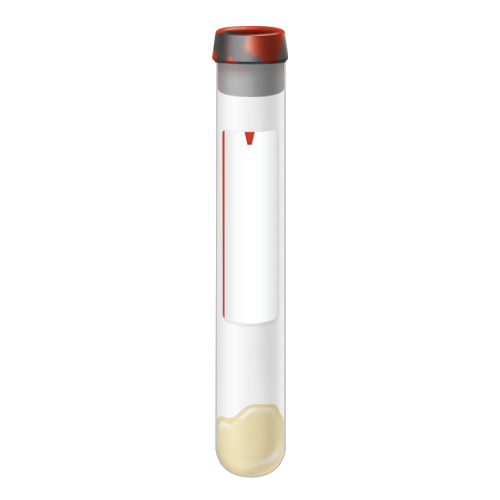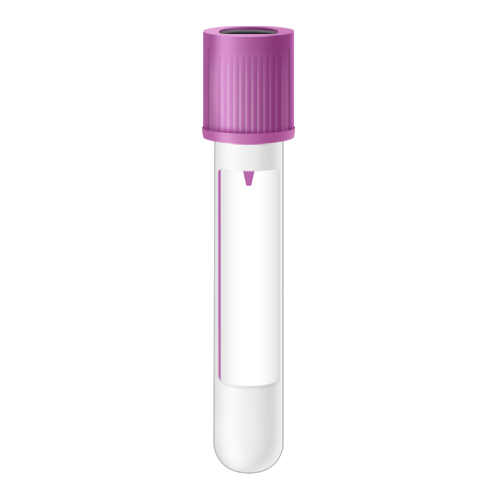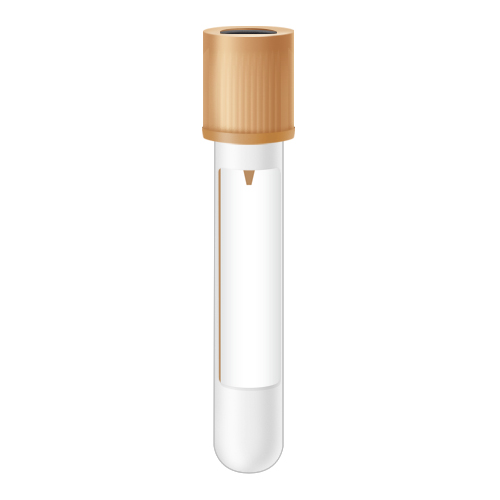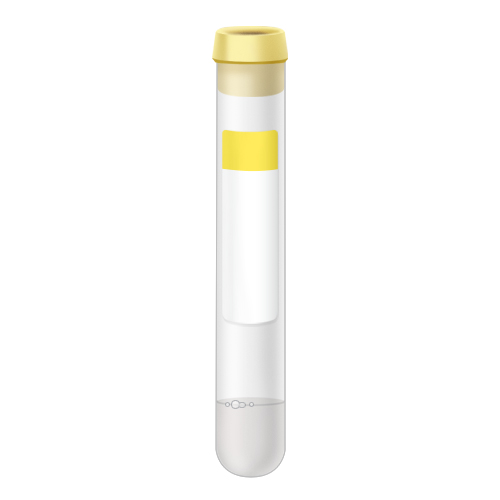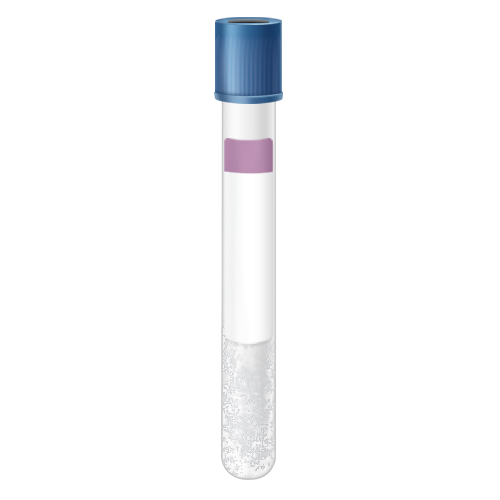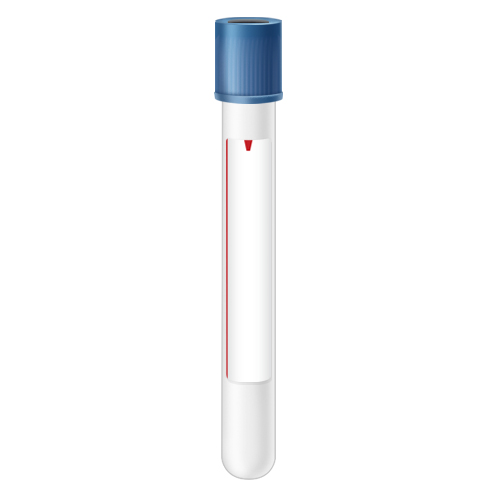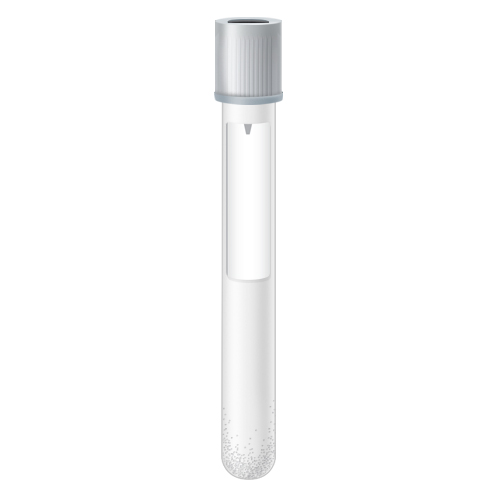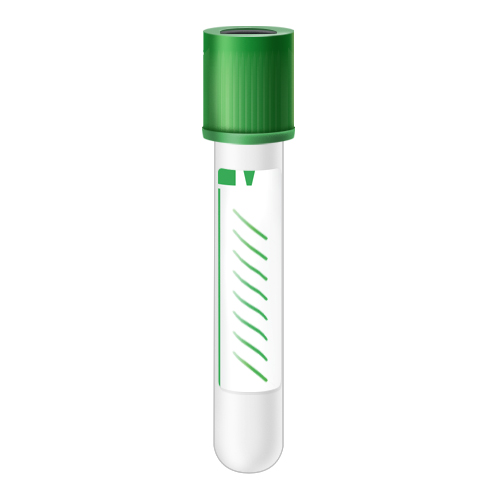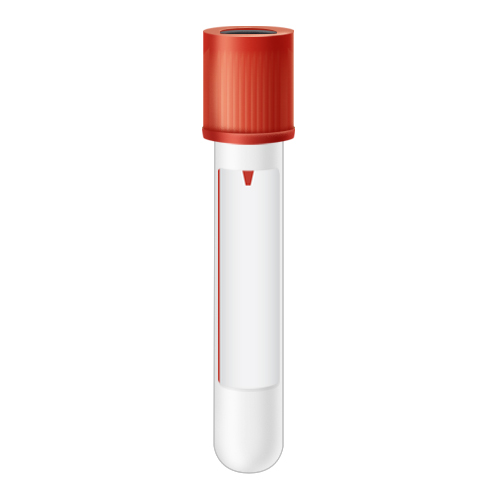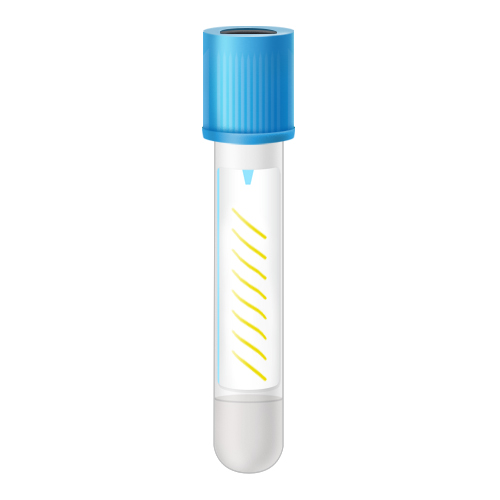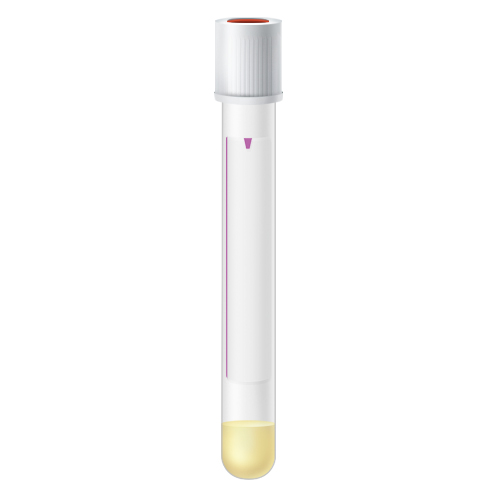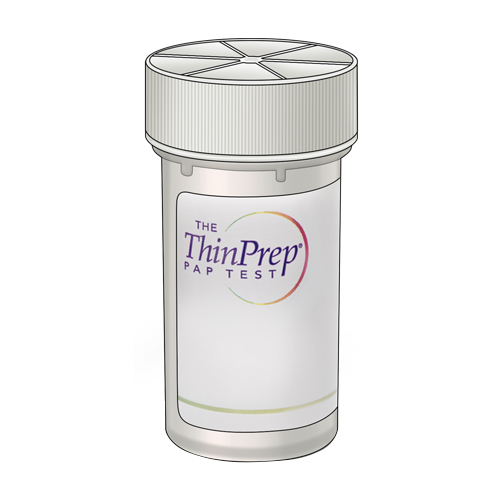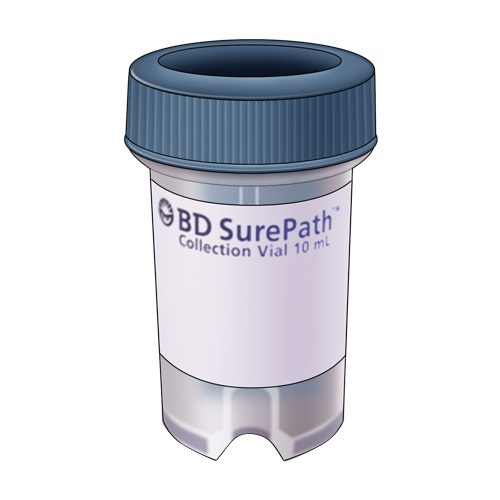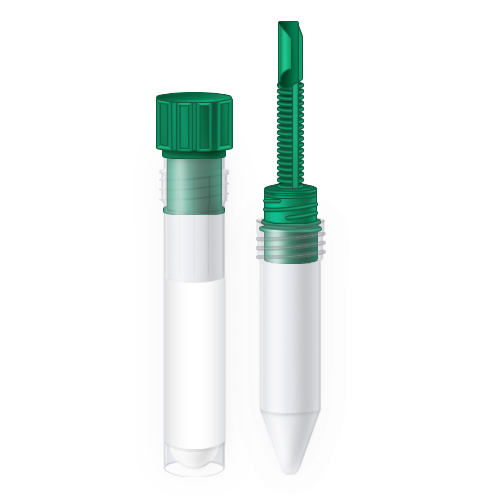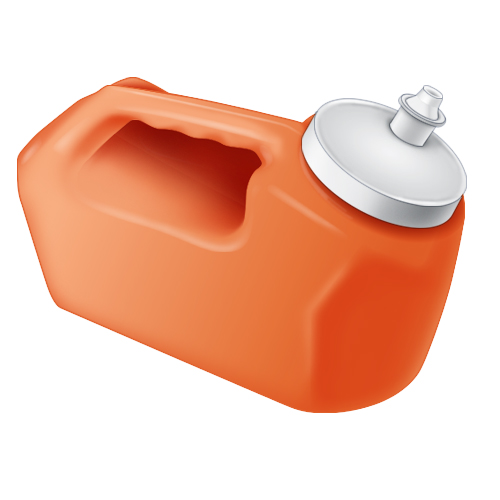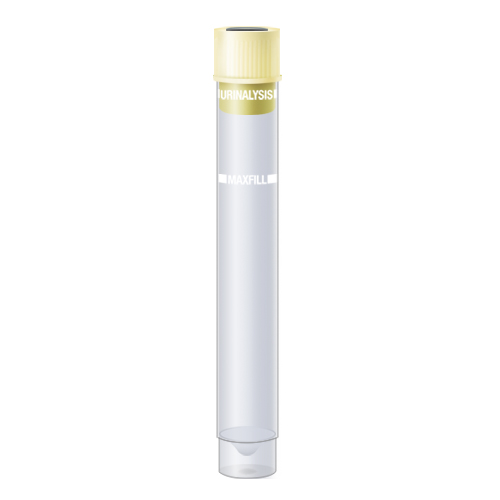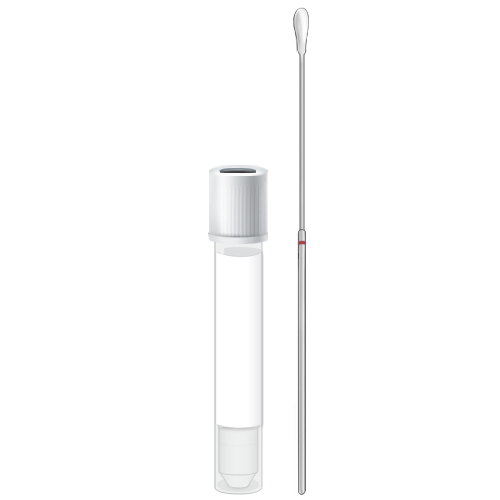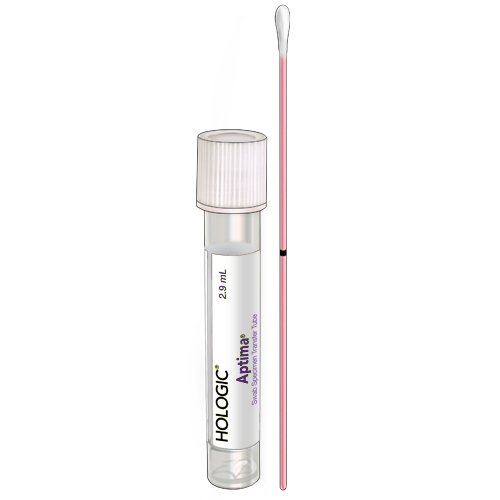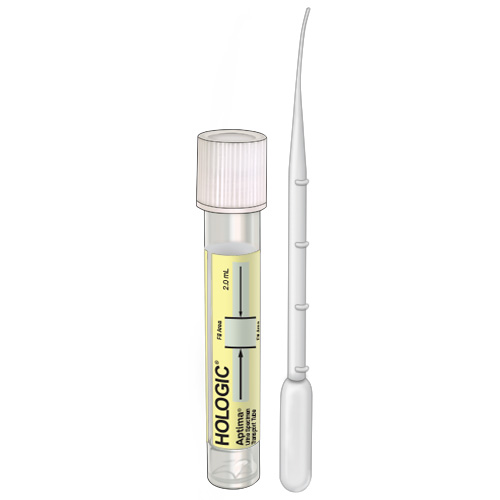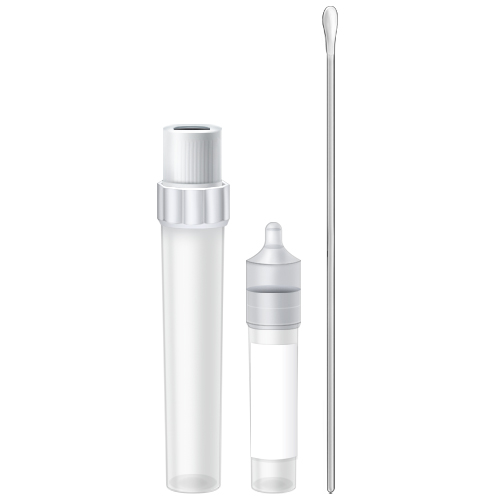As we enter January, the month dedicated to raising awareness about cervical cancer, it is crucial to emphasize the significance of early detection and prevention of this prevalent but preventable disease. (1,2,3,4,5) This Cervical Cancer Awareness Month, we are delighted to announce the collaborative efforts of BioReference Health and Teal Health in supporting a groundbreaking HPV study that aims to revolutionize cervical cancer screening.
A Pioneering Clinical Trial
At the heart of this collaboration lies an innovative clinical trial called “SELF-CERV: SELF-collection for Development of a Self-collection Device for CERVical Cancer Screening.” This trial focuses on evaluating a novel self-collection device for cervical cancer screening, with the potential to transform early detection and prevention strategies by offering an at-home self-collection kit.
Objectives and Impact
The primary goal of this study is to verify performance of and confirm user experience of the Teal WandTM Health self-collection device for patient self-collection of cervicovaginal samples. These samples will be utilized in conjunction with FDA-approved in vitro diagnostics indicated for high-risk Human Papillomavirus (hrHPV) primary screening which are already in use at multiple BioReference Health laboratories. Through this collaboration, BioReference Health is demonstrating its commitment to advancing women’s health and cancer prevention.
Empowering Change
During Cervical Cancer Awareness Month, it is vital for all of us to come together and raise awareness about the significance of early screening and detection. We invite you to join us in honoring the collaboration between BioReference Health and Teal Health, as it represents a beacon of hope in our journey toward detecting and preventing cervical cancer more effectively. Learn more about Teal Health’s “Close the Screening Gap” campaign and help donate up to 1,000 free screenings when a self-collect option becomes FDA approved.
Looking Ahead
We extend our deep gratitude to everyone who contributes to this critical cause and invite you to stay tuned for updates on the progress of this pivotal clinical trial. Together, let us empower individuals to take charge of their health and strive for a world free of preventable cervical cancer. As we embark on this inspiring journey to help enhance cervical cancer awareness and prevention, we will continue to mobilize our resources and expertise to support women’s health initiatives.
Conclusion
Cervical Cancer Awareness Month serves as a reminder that together, we have the power to make a difference in the lives of countless women and people with a cervix. Through the collaboration between BioReference Health and Teal Health, we are taking significant strides in the fight against cervical cancer. Let us unite in spreading awareness about early screening and detection, as we work towards a future where cervical cancer is detected and prevented more effectively. Join us on this inspiring journey as we enhance cervical cancer awareness and foster a world where every patient is empowered to prioritize their health.
Sources:
1. Bosch FX, Lorincz A, Munoz N, et al. The causal relation between human papillomavirus and cervical cancer. J Clin Pathol. 2002;55(4):244-265.
2. Arbyn M, Anttila A, Jordan J, et al. European guidelines for quality assurance in cervical cancer screening. Summary of the supplements on HPV screening and vaccination. Papillomavirus Res. 2015;1:22-31.
3. Schiffman M, Castle PE, Jeronimo J, Rodriguez AC, Wacholder S. Human papillomavirus and cervical cancer. Lancet. 2007;370(9590):890-907.
4. Denny L, de Sanjose S, Mutebi M, et al. Interventions to close the divide for women with breast and cervical cancer between low-income and middle-income countries and high-income countries. Lancet. 2017;389(10071):861-870.
5. World Health Organization. WHO guidelines for screening and treatment of precancerous lesions for cervical cancer prevention. Geneva: World Health Organization; 2013.


